Mahindra BE 6e vs XEV 9e Comparison Features: When I first stepped into both the BE 6e and XEV 9e, I felt emotions I never expected from cars—pride, awe, and curiosity. These aren’t just EVs; they’re chapters in India’s electric transformation, and comparing them feels like choosing between two inspiring visions of the future.
Mahindra BE 6e vs XEV 9e comparison features
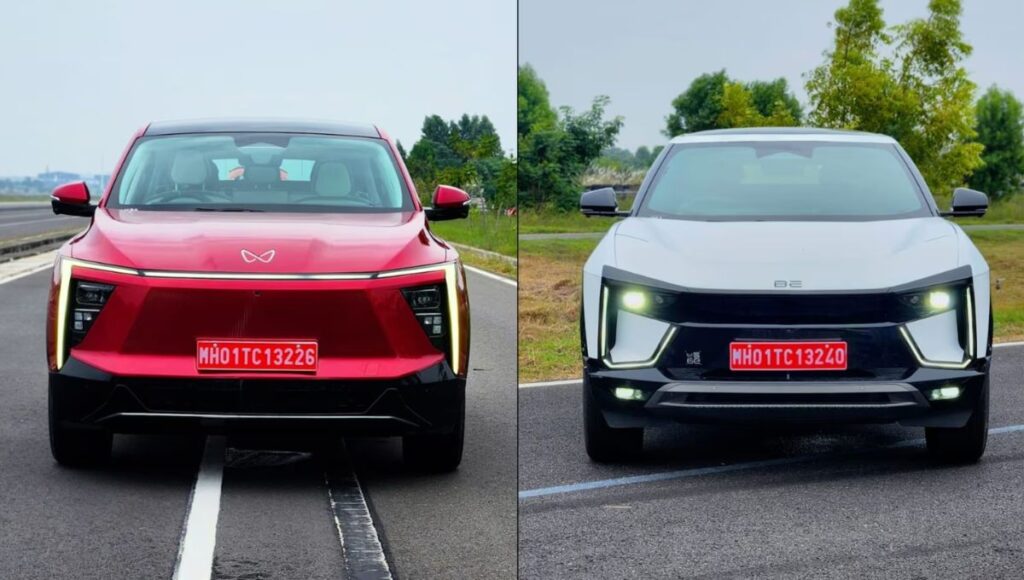
The BE 6e strikes with a twin-screen cockpit, AR HUD, and race-inspired hardware—truly futuristic and exhilarating. Its sharper styling and agile handling offer a sporty thrill. In contrast, the XEV 9e brings a refined, minimalistic elegance—complete with immersive triple screens and a spacious, coupe-like cabin. Rear seat comfort in the XEV is unrivaled, with three adults able to relax fully. Both share premium comforts like dual-zone AC, wireless charging, and Harman Kardon audio, but BE 6e feels like a performance ride, while XEV 9e prioritizes luxury and space.
Mahindra BE 6e vs XEV 9e price
Here’s a wallet-friendly comparison:
| Model | Starting Ex-Showroom |
|---|---|
| BE 6e Pack One | ₹18.90 Lakh |
| XEV 9e Pack One | ₹21.90 Lakh |
Feeling budget-savvy? The BE 6e offers top-tier tech starting at ₹18.9 L, while XEV 9e asks a ₹3 L premium. At Pack Three, the gap widens—₹26.9 L vs ₹30.9 L.
Mahindra BE 6e vs XEV 9e range
Battery choices are shared—59 kWh or 79 kWh—but range claims slightly differ:
- BE 6e: 59 kWh = 535 km ARAI, 79 kWh = 682 km ARAI
- XEV 9e: 59 kWh = 542 km, 79 kWh = 656 km ARAI
On paper, BE 6e edges ahead in range, but real-world differences are marginal—both will reliably cover ~500 km per charge.
Mahindra BE 6e vs XEV 9e interior
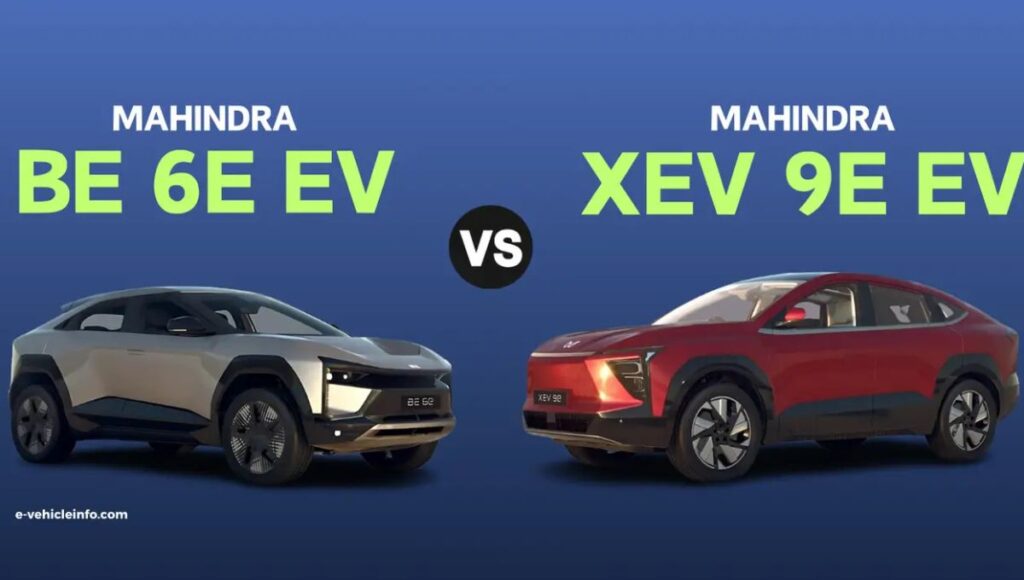
Inside, BE 6e feels like a cockpit with its bold screens and dynamic tactile surfaces—every drive feels purposeful. The XEV 9e, however, offers a serene, lounge-like cabin. It feels upscale and airy, with better under-thigh support and higher rear seat comfort—ideal for long trips.
🏁 Final Pick:
If you’re drawn to edgy design, sporty drives, and stand-out aesthetics—BE 6e calls. If comfort, space, and luxury are your priorities—XEV 9e is your companion. Both offer remarkable value, helping you drive confidently into India’s EV future.
FAQs
Does the Mahindra XEV 9e have a sunroof?
Yes — the XEV 9e Pack One and above include a fixed panoramic glass roof, often referred to as a sunroof.
Does the XEV 9e have ventilated seats?
Ventilated front seats are available only in the Pack Three Select variants; lower trims (Pack One and Pack Two) do not feature ventilated seating.
Does Mahindra XEV 9e have auto parking?
Yes — Auto Park is included in Pack Three Select and top-spec models, enabling the car to park itself autonomously using sensors and cameras.
What is the mileage per charge (real-life range) of Mahindra XEV 9e?
The XEV 9e delivers a real-world range of approximately 456 km in mixed city and highway driving, based on real-world testing of the 79 kWh variant (~5.78 km/kWh efficiency)
How much does it cost to charge XEV 9e?
Charging costs depend on local electricity tariffs but with typical DC fast charging at public stations (around ₹20–24/kWh), expect a cost-per-km of roughly ₹3.5–4.0/km. Home AC charging (~₹10/kWh) brings the cost down to ~₹1.8–2.1/km. Actual cost will vary by charger type and region.
What is the cost of PPF in XEV 9e?
While no official PPF (Paint Protection Film) pricing exists specific to XEV 9e, typical PPF installations in this segment range from ₹60,000 to ₹1,20,000, depending on quality and coverage area, with removal often incurring additional fees. (Based on market data, i.e. typical third‑party pricing.)
What is the top model of XEV 9e?
The Pack Three (79 kWh) is the top-spec variant, featuring ventilated seats, adaptive suspension, autopark, full AR‑HUD, and more—priced around ₹30.5 Lakh ex-showroom.
Why is PPF so costly?
PPF costs reflect high-grade materials, complex installation labor, and removal challenges. Reddit users emphasize that poorly maintained PPF can yellow or require removal, costing ₹30,000+ for small sections—and ultimately reduce value instead of preserving it.
Which coating is best for a car?
Many enthusiasts recommend ceramic or graphene coatings over PPF for long-term clarity and preservation—especially for lighter-coloured vehicles where PPF may yellow over time. Coatings are easier to maintain and cheaper to reapply. Reddit users cite improved shine and less hassle with ceramic options.
What are the disadvantages of PPF?
– Dulling or yellowing over time, especially on lighter paint
– Costly to remove or repair
– Inflexible with detailing or resurfacing
– May trap scratches beneath the film
Reddit users often view PPF as less worth it than durable coatings for daily-driven vehicles.
⚠️ Disclaimer:
This comparison draws on information from trusted auto‑journalism and official specs. Prices are ex‑showroom estimates; actual cost may vary. Range figures are ARAI‑claimed; real-world mileage may differ. Always test drive before deciding.
Also Read :

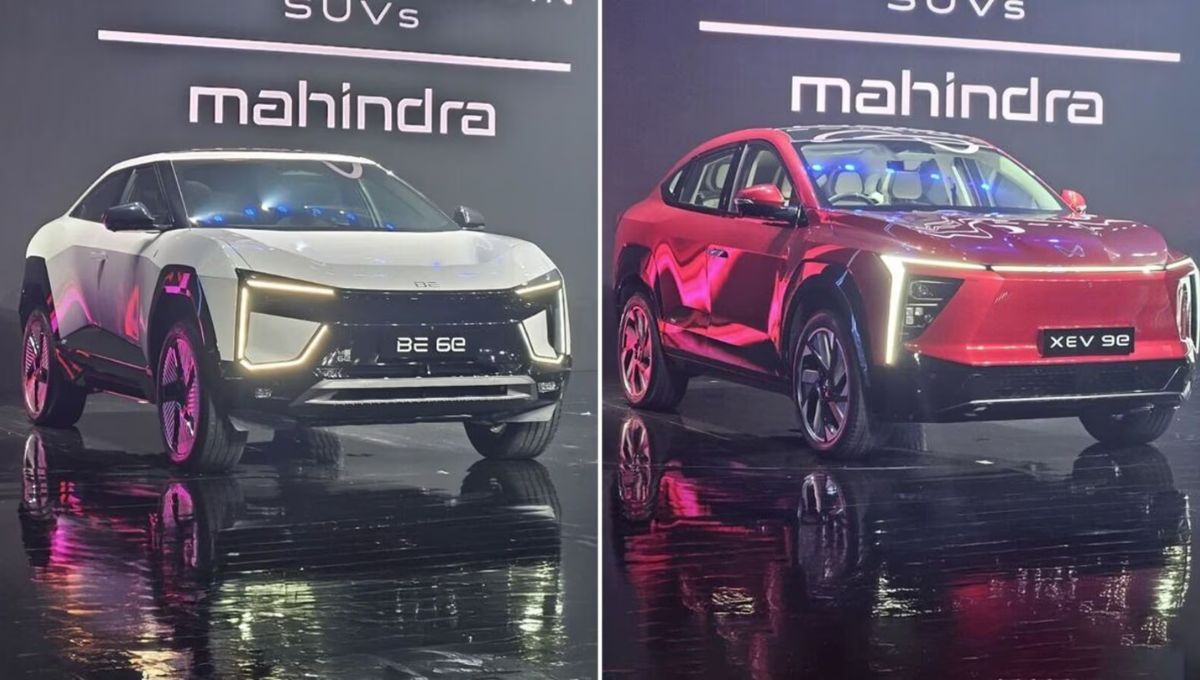
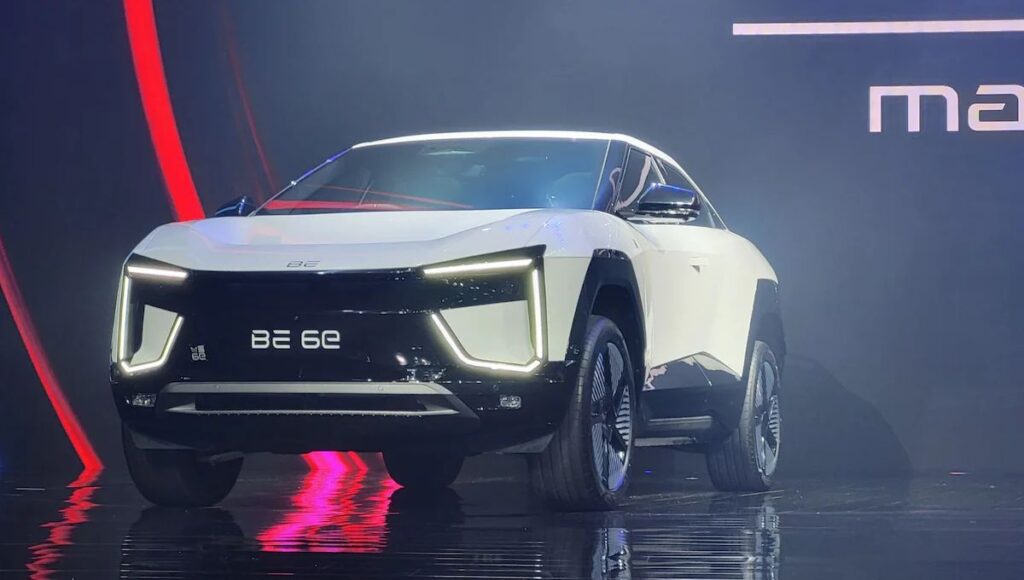
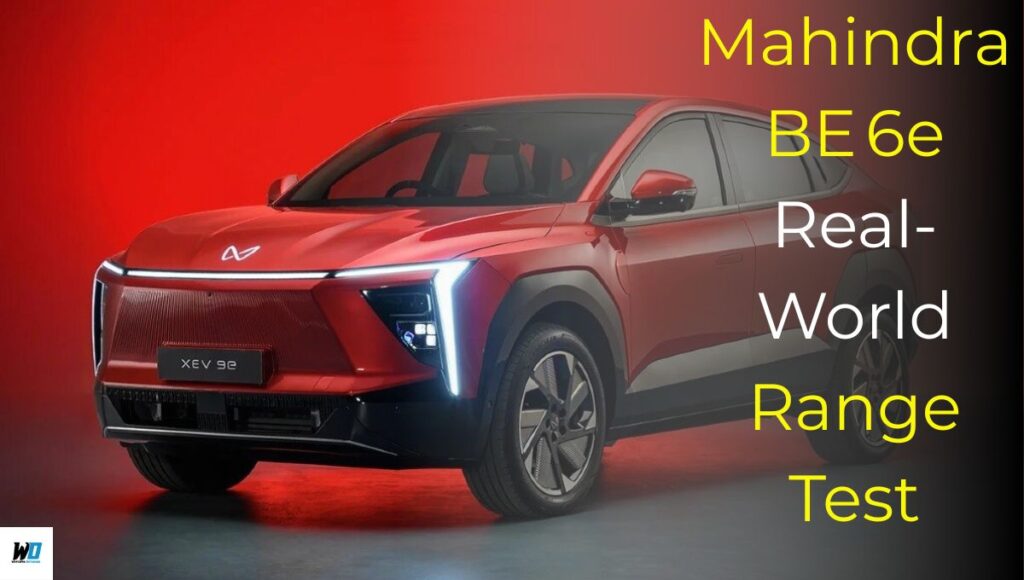
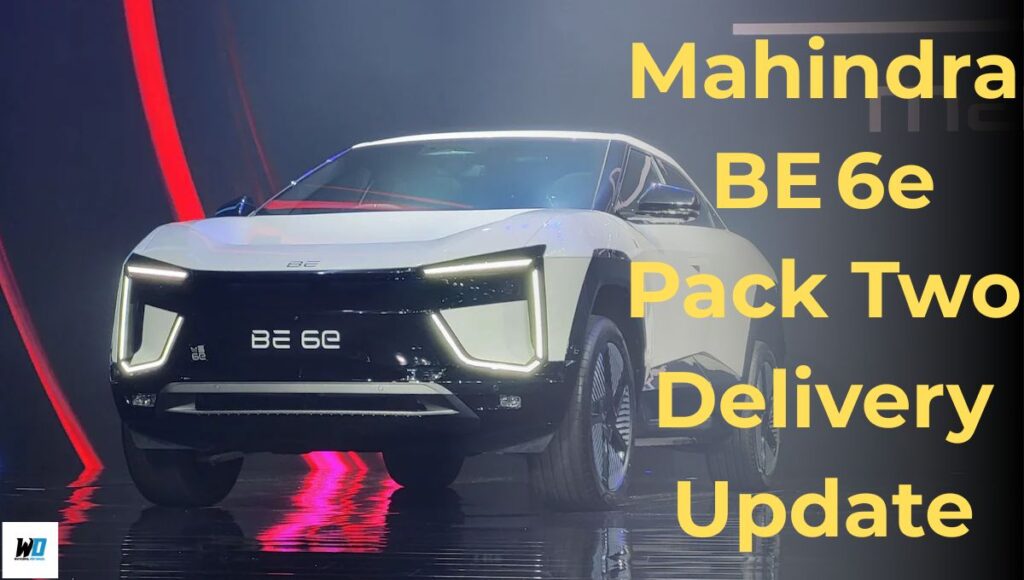
6 thoughts on “Mahindra BE 6e vs XEV 9e Comparison Features & Price: Battle of 500 km EV Warriors!”